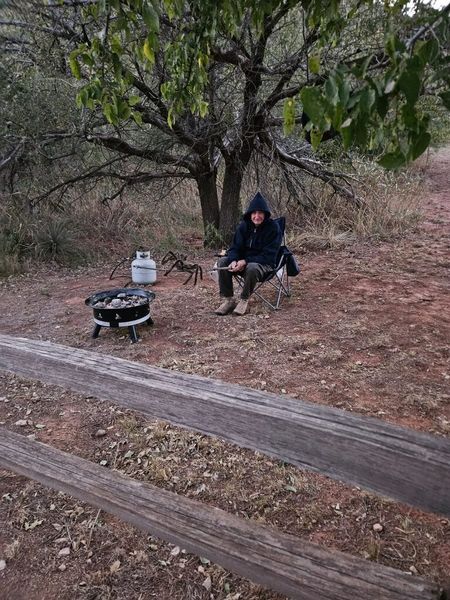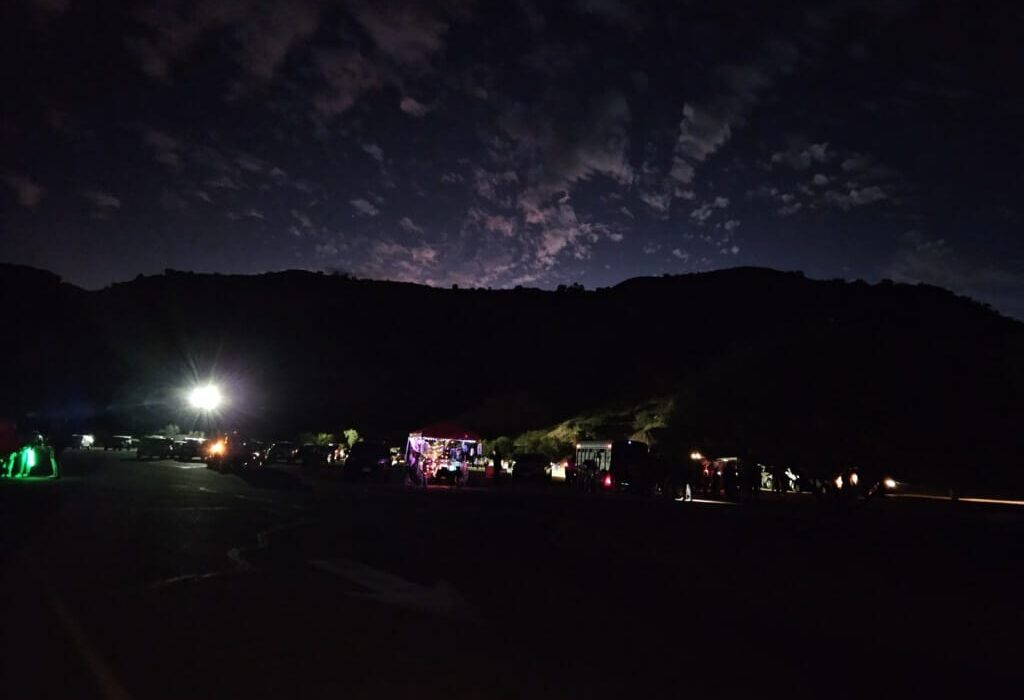When you think of stunning canyons in the United States, the Grand Canyon often steals the spotlight. But have you heard of Palo Duro Canyon? Tucked away in the Texas Panhandle, Palo Duro Canyon is the second-largest canyon in the U.S., and many people don’t realize how much there is to discover beyond the usual viewpoints. While visitors flock to the most famous spots, there are plenty of hidden gems waiting to be explored. Trust me, if you’ve only scratched the surface, you’ve missed a lot.
Palo Duro Canyon isn’t just another place to snap a picture for your Instagram feed—it’s a vast and complex landscape filled with secrets. Whether you’re an adventurer, a history buff, or a nature lover, there’s so much more to see and do than meets the eye. Let’s dive into the lesser-known experiences that most visitors miss when they visit this stunning canyon.
Palo Duro Canyon: The Basics Every Visitor Should Know
Before we explore the hidden secrets, let’s cover the basics. Palo Duro Canyon is located in the northern part of the Texas Panhandle, about 25 miles south of Amarillo. The canyon stretches over 120 miles long, and in some places, it’s more than 800 feet deep. Its vibrant red and orange rock formations, combined with its sheer size, make it an awe-inspiring destination for outdoor lovers.
The best times to visit are in the spring and fall when the temperatures are more moderate, and the landscape is in full bloom or dressed in vibrant autumn colors. Summer can be scorching, so if you visit during that time, make sure to hydrate and take breaks under the shade.
Now, let’s dive into the heart of Palo Duro Canyon—what makes it stand out and why you’ll want to look beyond the popular spots.

Hiking Trails That Take You Off the Beaten Path
Palo Duro Canyon is known for its spectacular hiking trails, but many visitors stick to the main ones like the Lighthouse Trail. These trails are great, no doubt, but what if I told you that some of the best experiences are on the lesser-known paths?
Take the Givens, Spicer, and Lowry Trail, for example. While it’s not as popular as the Lighthouse Trail, this trail offers a completely different perspective of the canyon. As you trek along, you’ll pass through diverse ecosystems, from lush areas dotted with trees to open, panoramic vistas. The solitude here is also unmatched—you won’t find the crowds that gather at more famous trailheads.
Another hidden gem is the Caprock Canyons Trailway, which extends outside of the park itself. This trail offers a different view of the landscape, winding through areas where wildlife is more likely to be spotted.
So, the next time you’re in Palo Duro, consider straying from the crowds and seeing the canyon from a new angle. You might just find the perfect spot to reflect or snap a photo without hundreds of other visitors in the background.
The History and Geology of Palo Duro Canyon
What’s a canyon without some fascinating history? Palo Duro Canyon isn’t just a natural wonder; it’s also a historically significant place. The canyon’s formation dates back millions of years, shaped by wind and water erosion. The colorful layers of rock you see today represent different geological periods, from ancient seabeds to volcanic activity that influenced the area.
But the canyon isn’t just about rocks and erosion. It’s also home to Native American history. The Comanche and Kiowa tribes lived in this area, and evidence of their presence can still be found throughout the park. For example, the Palo Duro Canyon State Park has several points where you can learn about Native American culture, such as the Texas Plains Trail interpretive program.
If you’re keen on history, take the time to explore these areas and absorb the stories that have unfolded over centuries. The deeper you dive into the history of Palo Duro Canyon, the more meaningful your visit will become.
Wildlife Spotting: Animals You’re Likely to Miss
Palo Duro Canyon is teeming with wildlife, but most people miss the chance to see some of the more elusive creatures. While everyone knows about the bighorn sheep and mule deer, the real thrill is spotting the rarer animals.
Early mornings and late evenings are prime times for wildlife viewing. Mountain lions roam the canyon, though sightings are rare. If you’re lucky, you might spot wild turkeys, prairie dogs, or even a bobcat if you’re hiking along the trails. The park is also home to a wide variety of bird species, so don’t forget your binoculars if you’re into birdwatching.
If you’re really keen on wildlife spotting, consider visiting the canyon in the off-season, when the animals are more active and less disturbed by human traffic.
The Best Scenic Views at Palo Duro Canyon
Yes, the Lighthouse Trail offers the most iconic view, but there’s so much more to see. The Scenic Drive through the park will take you to some of the best viewpoints, but if you’re looking to discover hidden perspectives, you’ll need to take a detour.
Try heading up to Red Canyon Overlook for a breathtaking view without the crowds. This spot offers a more expansive view of the canyon’s unique rock formations. And if you really want to get off the beaten path, venture to China Wall, a stunning rock formation that looks even more majestic during the golden hour.
One thing to note: to get the best photos, you’ll want to arrive early or stay late when the lighting is just right. The canyon’s natural colors really pop at sunrise or sunset, creating the perfect backdrop for your photography.
Camping at Palo Duro Canyon: An Unforgettable Experience
For those who love the great outdoors, camping in Palo Duro Canyon is a must. The park offers several campsites with breathtaking views, but the real secret is camping in the Backcountry Campsites. These sites are off the beaten path and offer a more intimate experience with nature.
Camping here means you can wake up to the sound of coyotes howling in the distance or watch the sunrise over the canyon from the comfort of your tent. It’s an unforgettable experience for anyone looking to escape the crowds and immerse themselves in the beauty of the canyon.
Don’t forget to bring everything you need—there are no facilities in the backcountry sites, so make sure to pack everything from water to a first aid kit. It’s all part of the adventure!
Conclusion: Why You Need to Explore Beyond the Obvious
Palo Duro Canyon is much more than just a beautiful landmark. By venturing beyond the typical tourist spots, you’ll discover hidden trails, secret viewpoints, and a rich history that most visitors miss. Whether you’re hiking in solitude, camping under the stars, or capturing the canyon’s beauty with your camera, there’s so much more to this place than meets the eye.
So, the next time you visit, take the time to explore the hidden gems. Trust me, you’ll be glad you did!
FAQs
What is the best time of year to visit Palo Duro Canyon?
The best time to visit is in the spring or fall, when temperatures are mild and the park is less crowded. Summer can get very hot, so plan accordingly!
Are there any guided tours available in Palo Duro Canyon?
Yes, the park offers guided tours for horseback riding, and you can also find guided hikes and other tours at the visitor center.
Can I bring my dog to Palo Duro Canyon?
Yes, dogs are allowed in the park but must be kept on a leash at all times. There are specific trails and areas where pets are permitted.
How difficult are the hiking trails at Palo Duro Canyon?
The trails vary in difficulty. Some are easy and suitable for beginners, while others, like the Lighthouse Trail, can be quite challenging due to the elevation gain and rugged terrain.
Is Palo Duro Canyon suitable for families with young children?
Absolutely! There are easy trails, educational exhibits at the visitor center, and family-friendly camping areas, making it a great destination for families with kids.

